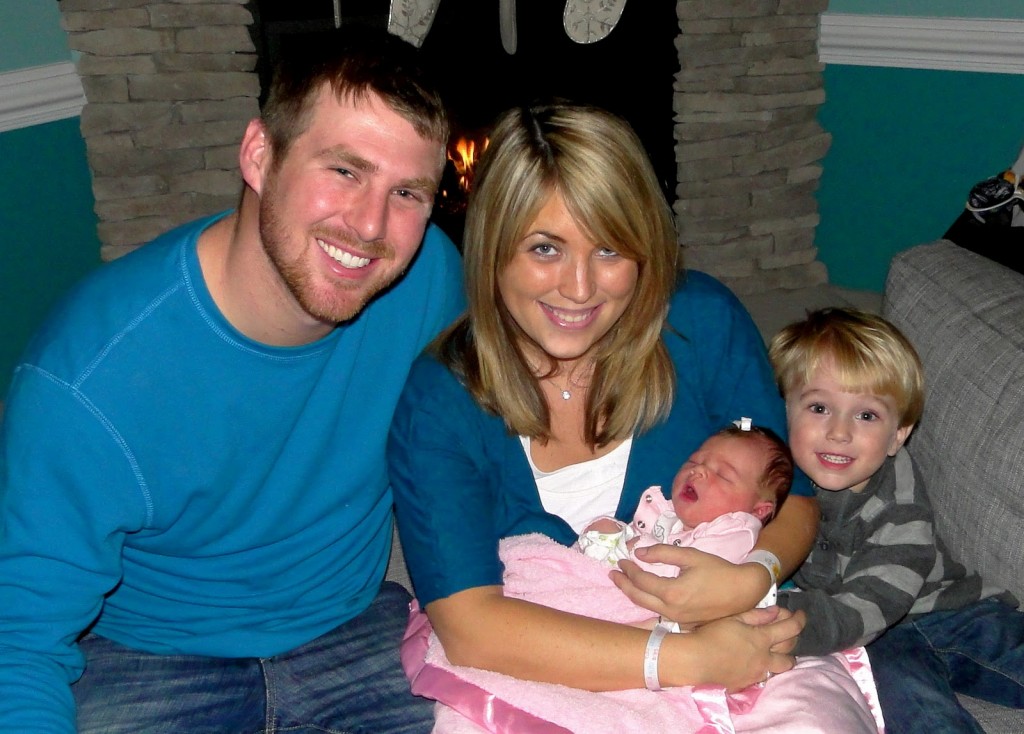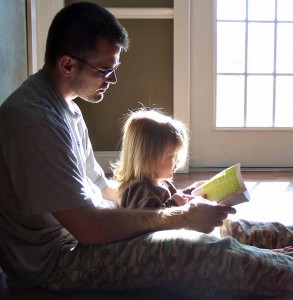One of the tenants in the Babywise series is using a parent-directed approach to child rearing and prioritizing your marriage. This has probably been one of the most important concepts that I support and appreciate. When I feel validated by my husband and feel like we’re on the same page, I feel on top of the world…whether my kids played through nap or whether we had the most unstructured day. Sleep training and structure are also extremely important, but focusing on my marriage and parenting with my husband has been one of the biggest blessings to me as well as an example to our children.
I don’t even remember where I read it but years ago I came across a bit of marriage advice that has stuck with me and truly changed me. The author warned against ever saying, “I Love You, but…” with an added stipulation.
I love you, but I need you to take out the garbage right now.
I love you, but I feel criticized.
I love you, but I really don’t want your mom to come to town this weekend.
{or even to your children} I love you, but I am really frustrated with your actions
It is perfectly fine to ask for help around the house. It is necessary to tactfully let your spouse know when you are feeling criticized and when you need space from family or friends. Most of us do not even realize when we say it. We want our spouse to feel loved even when we are asking for help or when we making our feelings known. However, it should never be tied to your unconditional love for your spouse.
Loving our spouse does not always feel unconditional, certainly not as easy as even loving our children unconditionally at times. When we add on to that sentence it really does lessen the impact. We are not truly trying to communicate love. We tie our love to a deed or a thought. We make it conditional, even though that is almost never the intent. Saying “I love you” should be one of the most special, thoughtful, well-intentioned, positive phrases that ever comes out of our mouth.
So since today happens to be Valentines Day, my challenge to you is to think carefully the next time you get ready to say “I Love You.” Make sure you leave it at that. Make sure your kids hear you tell your spouse that often but purposefully. Make sure that your spouse knows that you are expressing love and only love in that moment. Teach your children the power of that phrase and the importance of never tying it an action or adding on a stipulation. Look for ways to show unconditional love!
Bethany blogs at The Graceful Mom as well as works outside of the home. She is a wife, a mother, and also passionate about inspiring and encouraging other working mothers.












 by Valerie Plowman from
by Valerie Plowman from 



